Antihypertensive drugs
Blood pressure refers to the pressure of the blood on the blood vessel wall during its flow. Hypertension refers to that the arterial blood pressure (represented by the elbow brachial artery pressure) is higher than normal value. Owing to the different levels of health care in various countries and regions of the world, the decided hypertension range is also different. The standards in our country are: In the absence of administration of antihypertensive drugs, upon the case of systolic blood pressure being ≥140 mm Hg (18.6 × 103 Pa) or the diastolic blood pressure of ≥90 mm Hg (12.0 × 103 Pa), the patients should be deemed (or diagnosed) to get hypertension.
Clinically hypertension can be divided into two categories, one is the hypertension with unknown etiology, called "essential hypertension", also known as "hypertension disease"; the other one is the hypertension of clear cause such as hypertension caused by nephritis, brain tumors and other diseases with high blood pressure being only a symptom of these diseases, thus being called "secondary hypertension", also known as "symptomatic hypertension." What will be introduced here is mainly the former, namely hypertension. In Chinese medicine, it is classified into "Vertigo", "headache" category.
Antihypertensive drugs are drugs for the treatment of hypertension. It is also known as hypotensor. Rational application of antihypertensive drugs can not only make high blood pressure under control but can also reduce or eliminate the subjective symptoms caused by hypertension. Long-term administration can also reduce the complications of hypertension, such as stroke, cerebral infarction, myocardial infarction, heart failure and renal insufficiency, thus extending the life of the patient. Currently, there are over 350 kinds of anti-hypertension drug in total developed all around the world. But only over 100 species are available for the clinical application, of which 10 kinds have been respectively recommended by WHO (1985) and the National High Blood Pressure Education Commission (1988) to be used commonly anti-hypertensive drugs. Antihypertensive drugs, according to different mechanism of action, can be divided into diuretics, sympathetic blockers, vasodilators, calcium antagonists and angiotensin converting enzyme inhibitors five categories. In recent years, it has been also developed of potassium channel openers and serotonin type II receptor antagonists as novel anti-hypertensive drugs available with some of them still being under study and some having entered clinical trial stage. Different types of anti-hypertensive drugs, because of the different principles of action, have quite differences on the impact on hemodynamics, pharmacological effects and clinical applications (see the relevant terms).
However, an excellent anti-hypertensive drug should have the following properties: excellent gastrointestinal absorption, significant and long-lasting antihypertensive effect, not causing orthostatic hypotension and reflex tachycardia after medication, having no significant adverse reactions and toxicity, not causing blood renin activity, having no sodium retention, non-resistance, and having compatibility with other drugs. So far there have been yet no kinds of anti-hypertensive drugs that can meet all these requirements. Clinicians can properly select them according to the specific characteristics of the drug and the patient's exact conditions. In case of consideration of combination therapy, we refer to their similarities and differences, taking advantage of each other while reducing the adverse effects and enhancing the efficacy.
- Structure:
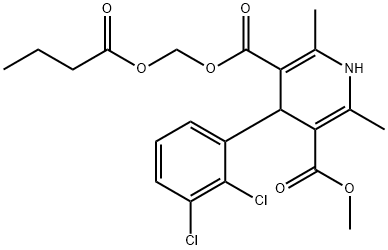
- Chemical Name:Clevidipine butyrate
- CAS:167221-71-8
- MF:C21H23Cl2NO6
- Structure:
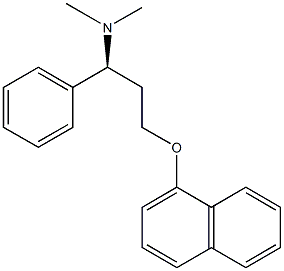
- Chemical Name:Dapoxetine
- CAS:119356-77-3
- MF:C21H23NO
- Structure:
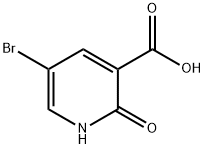
- Chemical Name:5-Bromo-2-hydroxynicotinic acid
- CAS:104612-36-4
- MF:C6H4BrNO3
- Structure:
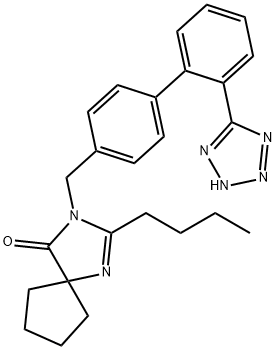
- Chemical Name:Irbesartan
- CAS:138402-11-6
- MF:C25H28N6O
- Structure:
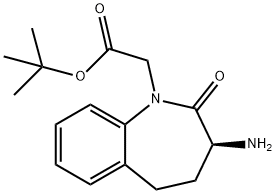
- Chemical Name:S-ATBA
- CAS:109010-60-8
- MF:C16H22N2O3
- Structure:
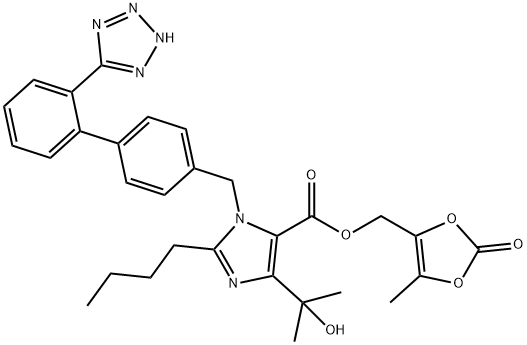
- Chemical Name:Olmesartan
- CAS:144689-78-1
- MF:C30H32N6O6
- Structure:
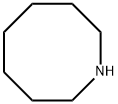
- Chemical Name:1,7-HEPTANEDIOL
- CAS:1121-92-2
- MF:C7H15N
- Structure:
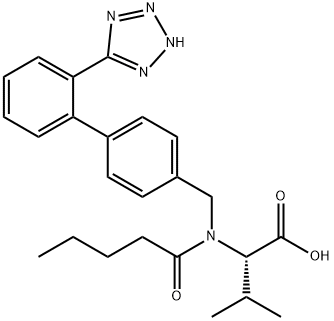
- Chemical Name:Valsartan
- CAS:137862-53-4
- MF:C24H29N5O3
- Structure:
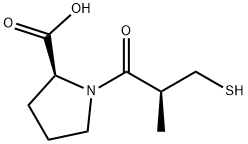
- Chemical Name:Captopril
- CAS:62571-86-2
- MF:C9H15NO3S
- Structure:
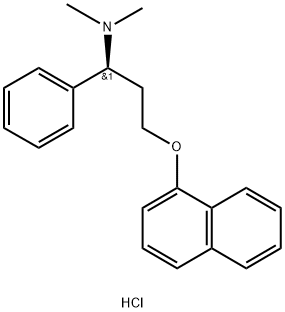
- Chemical Name:Dapoxetine hydrochloride
- CAS:129938-20-1
- MF:C21H24ClNO
- Structure:
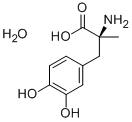
- Chemical Name:alpha-Methyldopa sesquihydrate
- CAS:41372-08-1
- MF:C10H15NO5
- Structure:
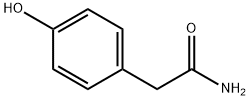
- Chemical Name:4-Hydroxyphenylacetamide
- CAS:17194-82-0
- MF:C8H9NO2
- Chemical Name:Ginkgo biloba extract
- CAS:90045-36-6
- MF:
- Structure:
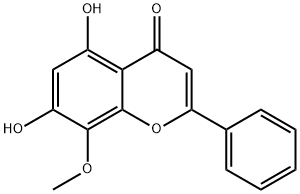
- Chemical Name:Wogonin
- CAS:632-85-9
- MF:C16H12O5
- Structure:
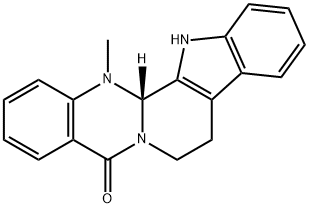
- Chemical Name:Evodiamine
- CAS:518-17-2
- MF:C19H17N3O
- Structure:
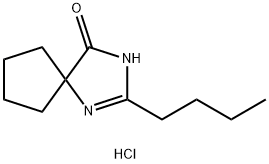
- Chemical Name:2-Butyl-1,3-diazaspiro[4.4]non-1-en-4-one hydrochloride
- CAS:151257-01-1
- MF:C11H19ClN2O
- Structure:
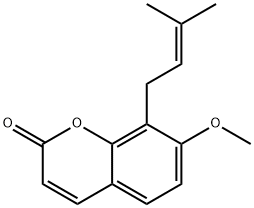
- Chemical Name:Osthole
- CAS:484-12-8
- MF:C15H16O3
- Structure:
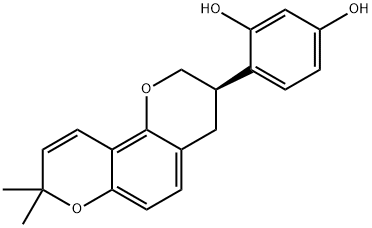
- Chemical Name:Glabridin
- CAS:59870-68-7
- MF:C20H20O4
- Structure:

- Chemical Name:L-1,2,3,4-Tetrahydroisoquinoline-3-carboxylic acid
- CAS:74163-81-8
- MF:C10H11NO2
- Structure:
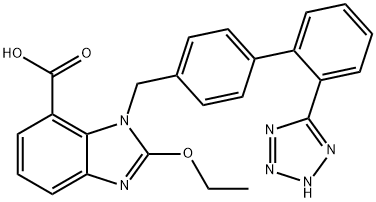
- Chemical Name:Candesartan
- CAS:139481-59-7
- MF:C24H20N6O3
- Structure:
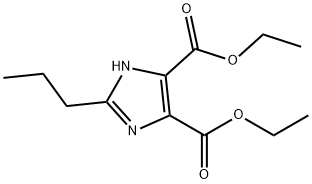
- Chemical Name:Diethyl 2-propylImidazoledicarbonate
- CAS:144689-94-1
- MF:C12H18N2O4
- Structure:
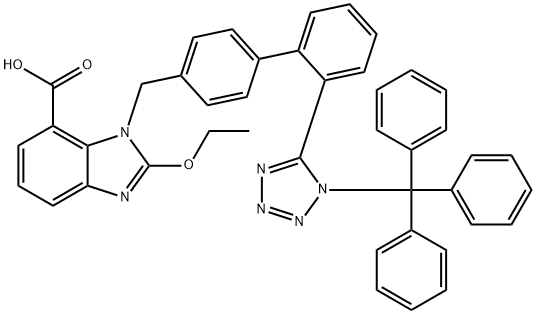
- Chemical Name:Trityl candesartan
- CAS:139481-72-4
- MF:C43H34N6O3
- Structure:
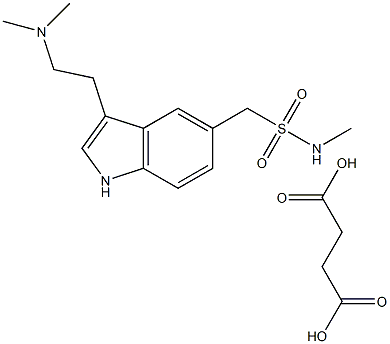
- Chemical Name:Sumatriptan succinate
- CAS:103628-48-4
- MF:C18H27N3O6S
- Structure:
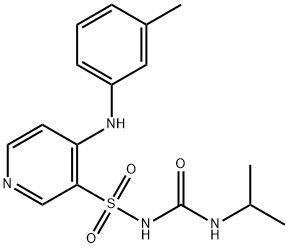
- Chemical Name:Torasemide
- CAS:56211-40-6
- MF:C16H20N4O3S
- Structure:
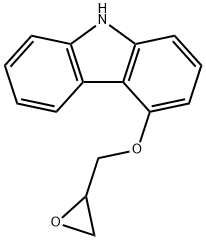
- Chemical Name:4-Epoxypropanoxycarbazole
- CAS:51997-51-4
- MF:C15H13NO2
- Structure:
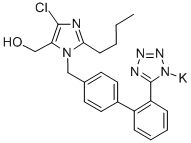
- Chemical Name:Losartan potassium
- CAS:124750-99-8
- MF:C22H23ClKN6O
- Structure:
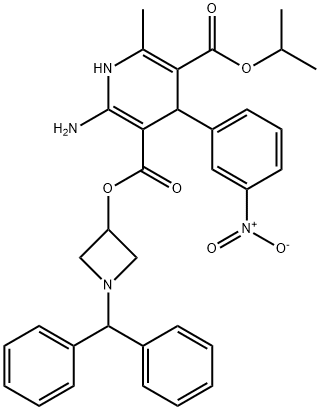
- Chemical Name:Azelnidipine
- CAS:123524-52-7
- MF:C33H34N4O6
- Structure:

- Chemical Name:4,5-Dimethyl-1,3-dioxol-2-one
- CAS:37830-90-3
- MF:C5H6O3
- Structure:
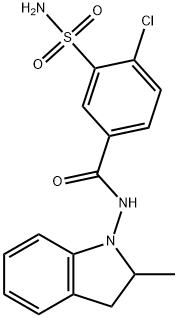
- Chemical Name:Indapamide
- CAS:26807-65-8
- MF:C16H16ClN3O3S
- Structure:
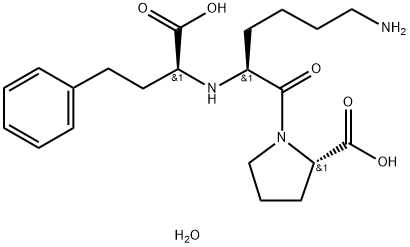
- Chemical Name:Lisinopril Dihydrate
- CAS:83915-83-7
- MF:C21H33N3O6
- Structure:

- Chemical Name:Benazepril hydrochloride
- CAS:86541-74-4
- MF:C24H29ClN2O5
- Structure:
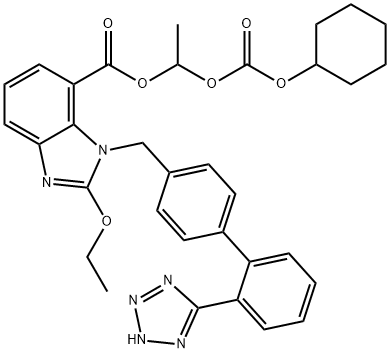
- Chemical Name:Candesartan cilexetil
- CAS:145040-37-5
- MF:C33H34N6O6
- Structure:
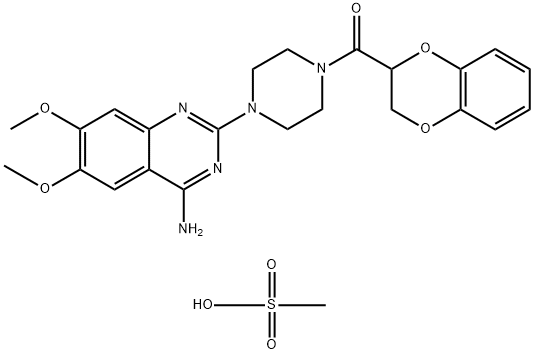
- Chemical Name:Doxazosin mesylate
- CAS:77883-43-3
- MF:C24H29N5O8S
- Structure:
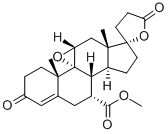
- Chemical Name:Eplerenone
- CAS:107724-20-9
- MF:C24H30O6
- Structure:
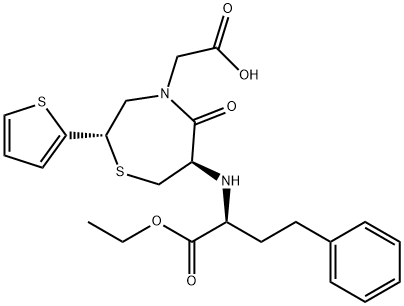
- Chemical Name:2-[(2S)-6-[[(1S)-1-Ethoxycarbonyl-3-phenyl-propyl]amino]-5-oxo-2-thiophen-2-yl-1,4-thiazepan-4-yl]acetic acid
- CAS:111902-57-9
- MF:C23H28N2O5S2
- Structure:
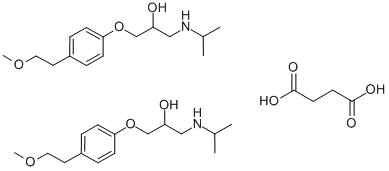
- Chemical Name:Metroprolol succinate
- CAS:98418-47-4
- MF:2C15H25NO3.C4H6O4
- Structure:

- Chemical Name:Clonidine hydrochloride
- CAS:4205-91-8
- MF:C9H10Cl3N3
- Structure:
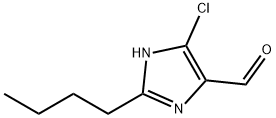
- Chemical Name:2-Butyl-4-chloro-5-formylimidazole
- CAS:83857-96-9
- MF:C8H11ClN2O
- Structure:
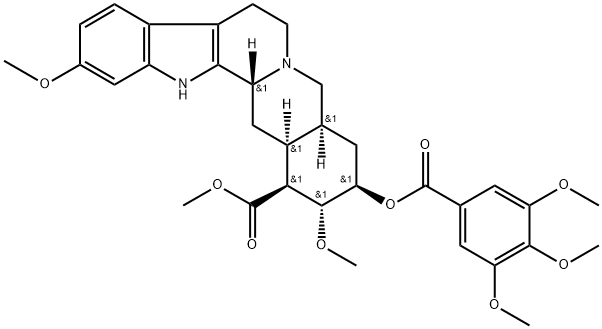
- Chemical Name:Reserpine
- CAS:50-55-5
- MF:C33H40N2O9
- Structure:
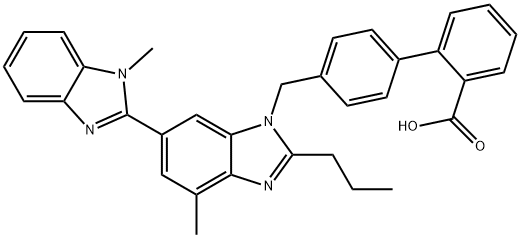
- Chemical Name:Telmisartan
- CAS:144701-48-4
- MF:C33H30N4O2
- Structure:
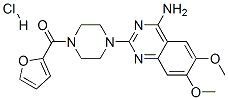
- Chemical Name:Prazosin hydrochloride
- CAS:19237-84-4
- MF:C19H22ClN5O4
- Structure:
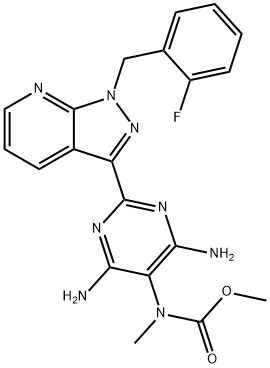
- Chemical Name:Riociguat
- CAS:625115-55-1
- MF:C20H19FN8O2
- Structure:

- Chemical Name:4-IMIDAZOLEACETIC ACID HYDROCHLORIDE
- CAS:3251-69-2
- MF:C5H7ClN2O2
- Structure:

- Chemical Name:ETOFIBRATE
- CAS:31637-97-5
- MF:C18H18ClNO5
- Structure:
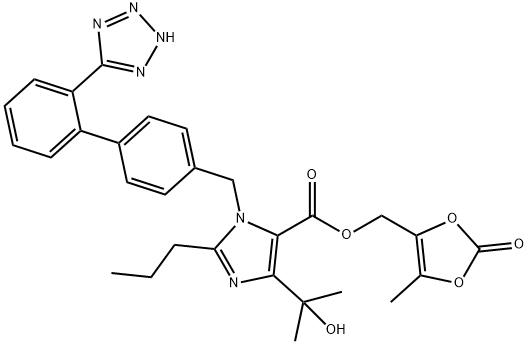
- Chemical Name:Olmesartan Medoxomil
- CAS:144689-63-4
- MF:C29H30N6O6
- Structure:
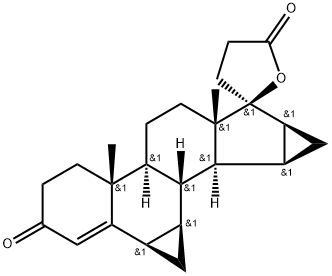
- Chemical Name:Drospirenone
- CAS:67392-87-4
- MF:C24H30O3
- Structure:
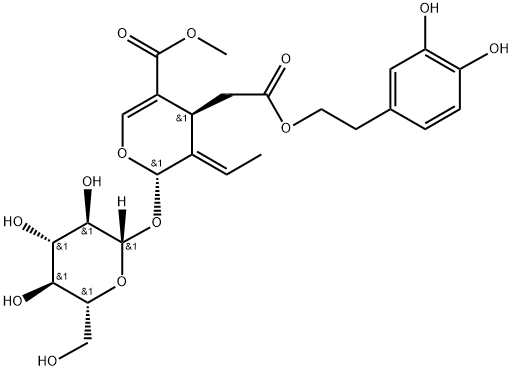
- Chemical Name:Oleuropein
- CAS:32619-42-4
- MF:C25H32O13
- Structure:
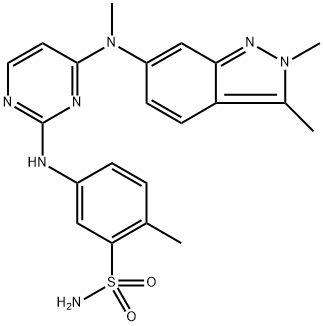
- Chemical Name:Pazopanib
- CAS:444731-52-6
- MF:C21H23N7O2S
- Structure:
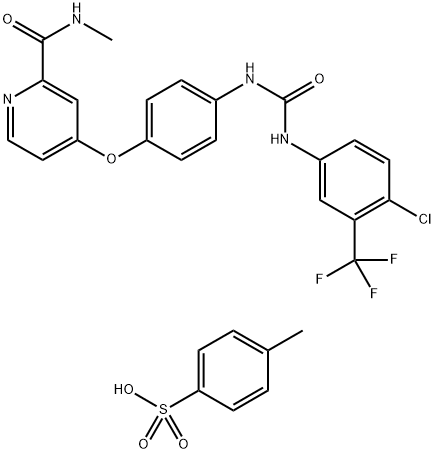
- Chemical Name:Sorafenib tosylate
- CAS:475207-59-1
- MF:C21H16ClF3N4O3.C7H8O3S
- Structure:

- Chemical Name:Sorafenib
- CAS:284461-73-0
- MF:C21H16ClF3N4O3
- Structure:
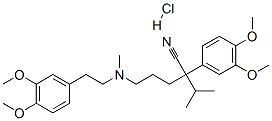
- Chemical Name:Verapamil hydrochloride
- CAS:23313-68-0
- MF:C27H39ClN2O4
- Structure:
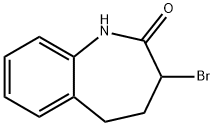
- Chemical Name:3-Bromo-1,3,4,5-tetrahydro-2H-benzo[b]azepin-2-one
- CAS:86499-96-9
- MF:C10H10BrNO
- Structure:
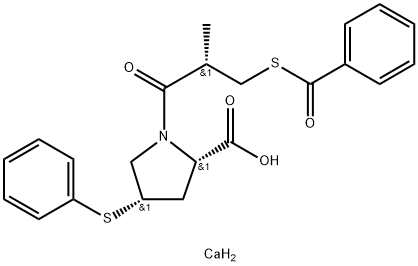
- Chemical Name:Zofenopril calcium
- CAS:81938-43-4
- MF:C22H25CaNO4S2
- Structure:
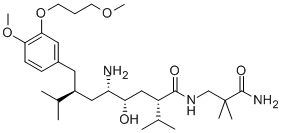
- Chemical Name:Aliskiren
- CAS:173334-57-1
- MF:C30H53N3O6
- Structure:
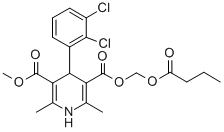
- Chemical Name:Clevidipine
- CAS:166432-28-6
- MF:C21H23Cl2NO6
- Structure:
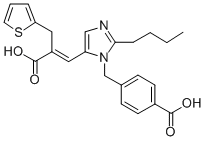
- Chemical Name:EPROSARTAN
- CAS:133040-01-4
- MF:C23H24N2O4S
- Structure:

- Chemical Name:Mecamylamine hydrochloride
- CAS:826-39-1
- MF:C11H22ClN
- Structure:
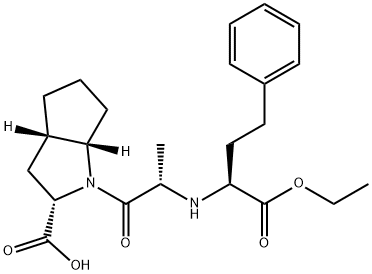
- Chemical Name:Ramipril
- CAS:87333-19-5
- MF:C23H32N2O5
- Structure:
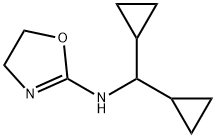
- Chemical Name:Rilmenidine
- CAS:54187-04-1
- MF:C10H16N2O
- Structure:

- Chemical Name:PARGYLINE HYDROCHLORIDE
- CAS:306-07-0
- MF:C11H14ClN
- Structure:
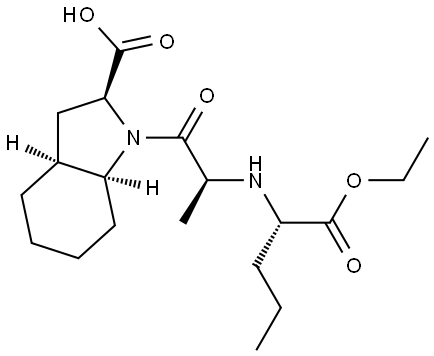
- Chemical Name:Perindopril
- CAS:82834-16-0
- MF:C19H32N2O5
- Structure:
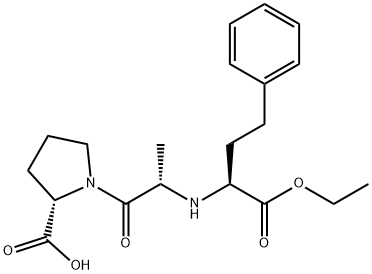
- Chemical Name:Enalapril
- CAS:75847-73-3
- MF:C20H28N2O5
- Structure:
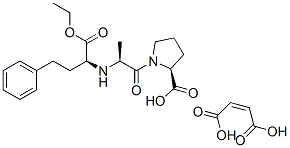
- Chemical Name:Enalapril maleate
- CAS:76095-16-4
- MF:C24H32N2O9
- Structure:
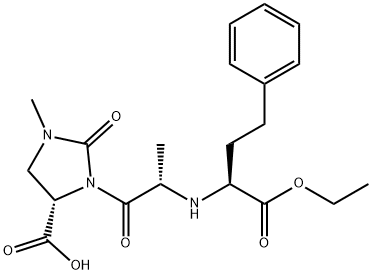
- Chemical Name:Imidapril
- CAS:89371-37-9
- MF:C20H27N3O6
- Structure:
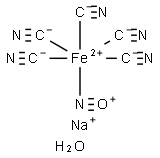
- Chemical Name:Sodium nitroprusside dihydrate
- CAS:13755-38-9
- MF:C5H2FeN6NaO2-
- Structure:
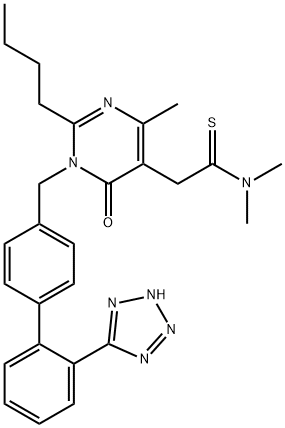
- Chemical Name:Fimasartan
- CAS:247257-48-3
- MF:C27H31N7OS
- Structure:
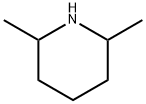
- Chemical Name:2,6-Dimethylpiperidine
- CAS:504-03-0
- MF:C7H15N
- Structure:
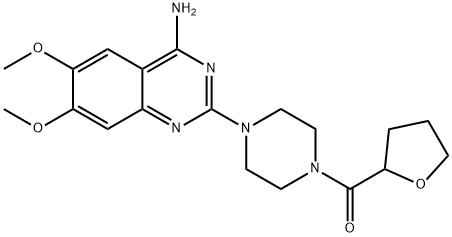
- Chemical Name:Terazosin
- CAS:63590-64-7
- MF:C19H25N5O4
- Structure:
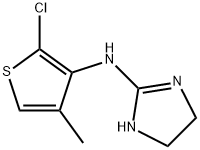
- Chemical Name:Tiamenidine
- CAS:31428-61-2
- MF:C8H10ClN3S
- Structure:
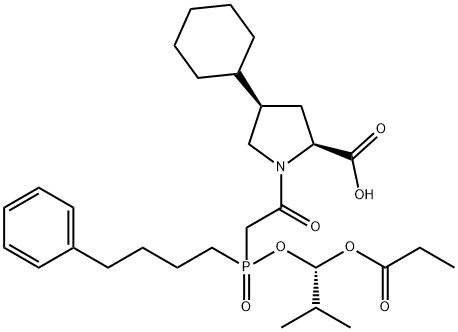
- Chemical Name:Fosinopril
- CAS:98048-97-6
- MF:C30H46NO7P
- Structure:
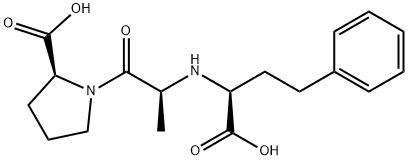
- Chemical Name:Enalaprilat
- CAS:76420-72-9
- MF:C18H24N2O5
- Structure:
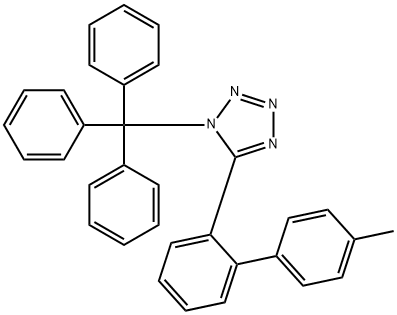
- Chemical Name:5-(4'-Methylbiphenyl-2-yl)-1-trityl-1H-tetrazole
- CAS:124750-53-4
- MF:C33H26N4
- Structure:
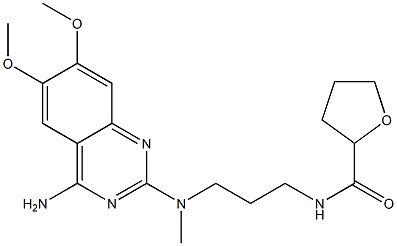
- Chemical Name:Alfuzosin
- CAS:81403-80-7
- MF:C19H27N5O4
- Structure:
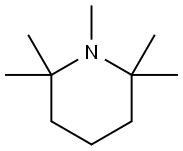
- Chemical Name:1,2,2,6,6-PENTAMETHYLPIPERIDINE
- CAS:79-55-0
- MF:C10H21N
- Structure:
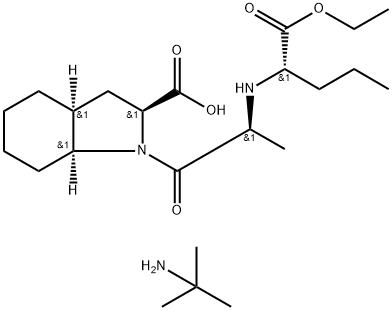
- Chemical Name:Perindopril erbumine
- CAS:107133-36-8
- MF:C23H43N3O5
- Structure:
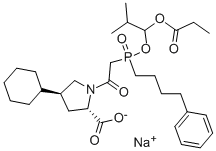
- Chemical Name:Fosinopril sodium
- CAS:88889-14-9
- MF:C30H46NNaO7P
- Structure:

- Chemical Name:Hydralazine hydrochloride
- CAS:304-20-1
- MF:C8H9ClN4
- Chemical Name:Aliskiren
- CAS:
- MF:
- Structure:
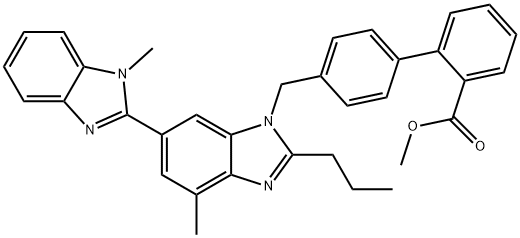
- Chemical Name:EXECUTE STANDARD
- CAS:528560-93-2
- MF:C34H32N4O2
- Structure:
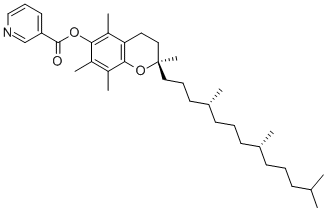
- Chemical Name:Vitamin E nicotinate
- CAS:16676-75-8
- MF:C35H53NO3
- Structure:
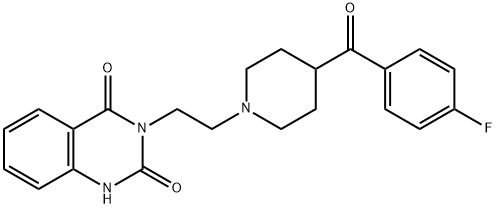
- Chemical Name:Ketanserin
- CAS:74050-98-9
- MF:C22H22FN3O3
- Structure:
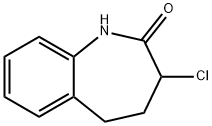
- Chemical Name:3-Chloro-1,3,4,5-tetrahydro-2H-1-benzazepin-2-one
- CAS:86499-23-2
- MF:C10H10ClNO
- Structure:

- Chemical Name:HEXAMETHONIUM BROMIDE
- CAS:55-97-0
- MF:C12H30Br2N2
- Structure:
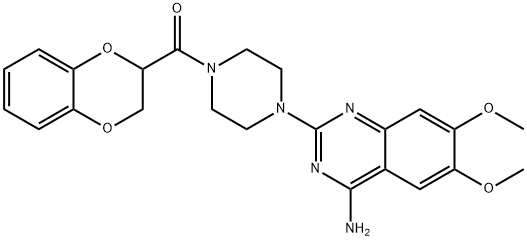
- Chemical Name:Doxazosin
- CAS:74191-85-8
- MF:C23H25N5O5
- Structure:
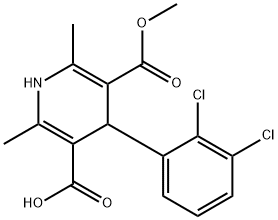
- Chemical Name:1,4-Dihydro-2,6-dimethyl-4-(2',3'-dichlorophenyl)-5-carboxy methyl-3-pyridinecarboxylic acid
- CAS:123853-39-4
- MF:C16H15Cl2NO4
- Structure:

- Chemical Name:Labetalol
- CAS:36894-69-6
- MF:C19H24N2O3
- Structure:
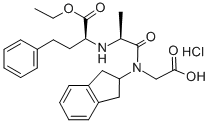
- Chemical Name:DELAPRIL HCL
- CAS:83435-67-0
- MF:C26H32N2O5.HCl
- Structure:
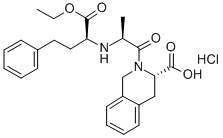
- Chemical Name:Quinapril hydrochloride
- CAS:82586-55-8
- MF:C25H31ClN2O5
- Structure:
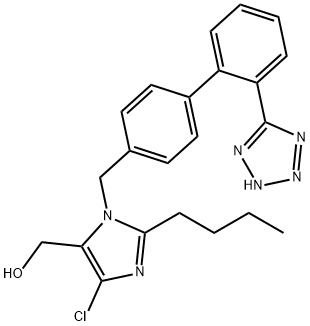
- Chemical Name:Losartan
- CAS:114798-26-4
- MF:C22H23ClN6O
- Structure:
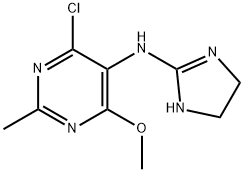
- Chemical Name:Moxonidine
- CAS:75438-57-2
- MF:C9H12ClN5O
- Structure:
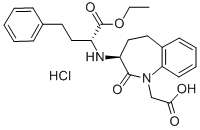
- Chemical Name:(1R,3S)-Benazepril Hydrochloride
- CAS:86541-77-7
- MF:C24H28N2O5HCl
- Structure:
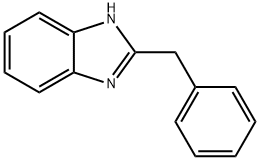
- Chemical Name:Bendazol
- CAS:621-72-7
- MF:C14H12N2
- Structure:
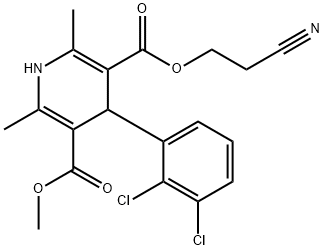
- Chemical Name:4-(2,3-Dichloro-phenyl)-2,6-dimethyl-1,4-dihydro-pyridine-3,5-dicarboxylic acid 3-(2-cyano-ethyl) ester 5-methyl ester
- CAS:110962-94-2
- MF:C19H18Cl2N2O4
- Structure:
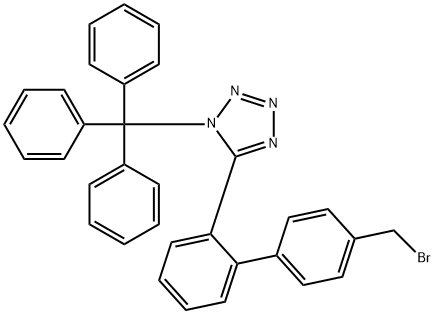
- Chemical Name:5-(4'-Bromomethyl-1,1'-biphenyl-2-yl)-1-triphenylmethyl-1H-tetrazole
- CAS:124750-51-2
- MF:C33H25BrN4
- Structure:
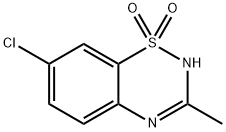
- Chemical Name:DIAZOXIDE
- CAS:364-98-7
- MF:C8H7ClN2O2S
- Structure:
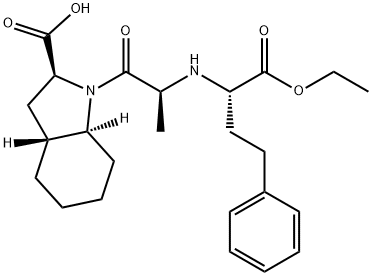
- Chemical Name:Trandolapril
- CAS:87679-37-6
- MF:C24H34N2O5
- Structure:

- Chemical Name:Moxonidine hydrochloride
- CAS:75438-58-3
- MF:C9H13Cl2N5O
- Structure:
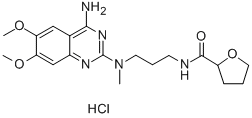
- Chemical Name:Alfuzosin hydrochloride
- CAS:81403-68-1
- MF:C19H28ClN5O4
- Structure:
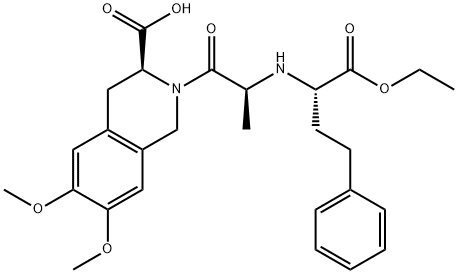
- Chemical Name:Moexipril
- CAS:103775-10-6
- MF:C27H34N2O7
- Structure:
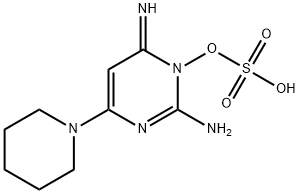
- Chemical Name:Minoxidil sulphate
- CAS:83701-22-8
- MF:C9H15N5O4S